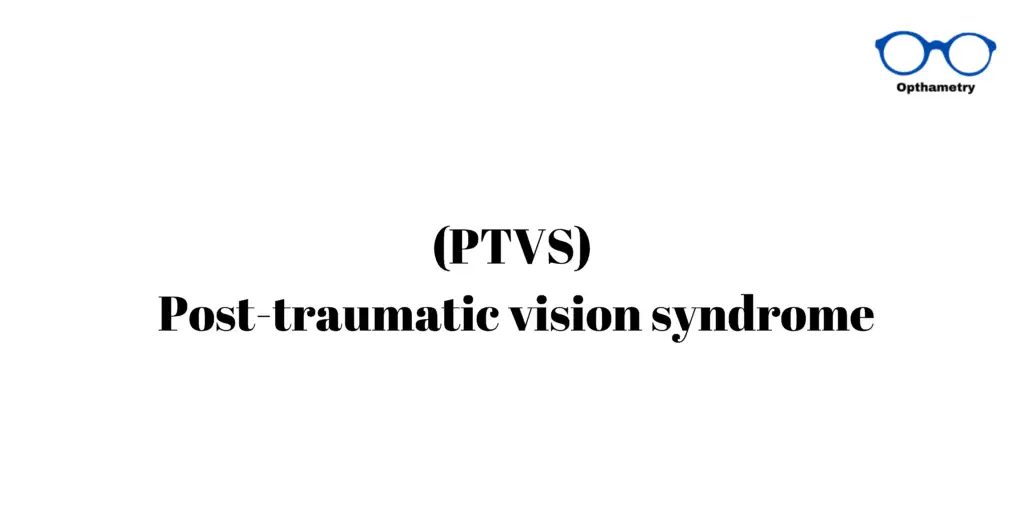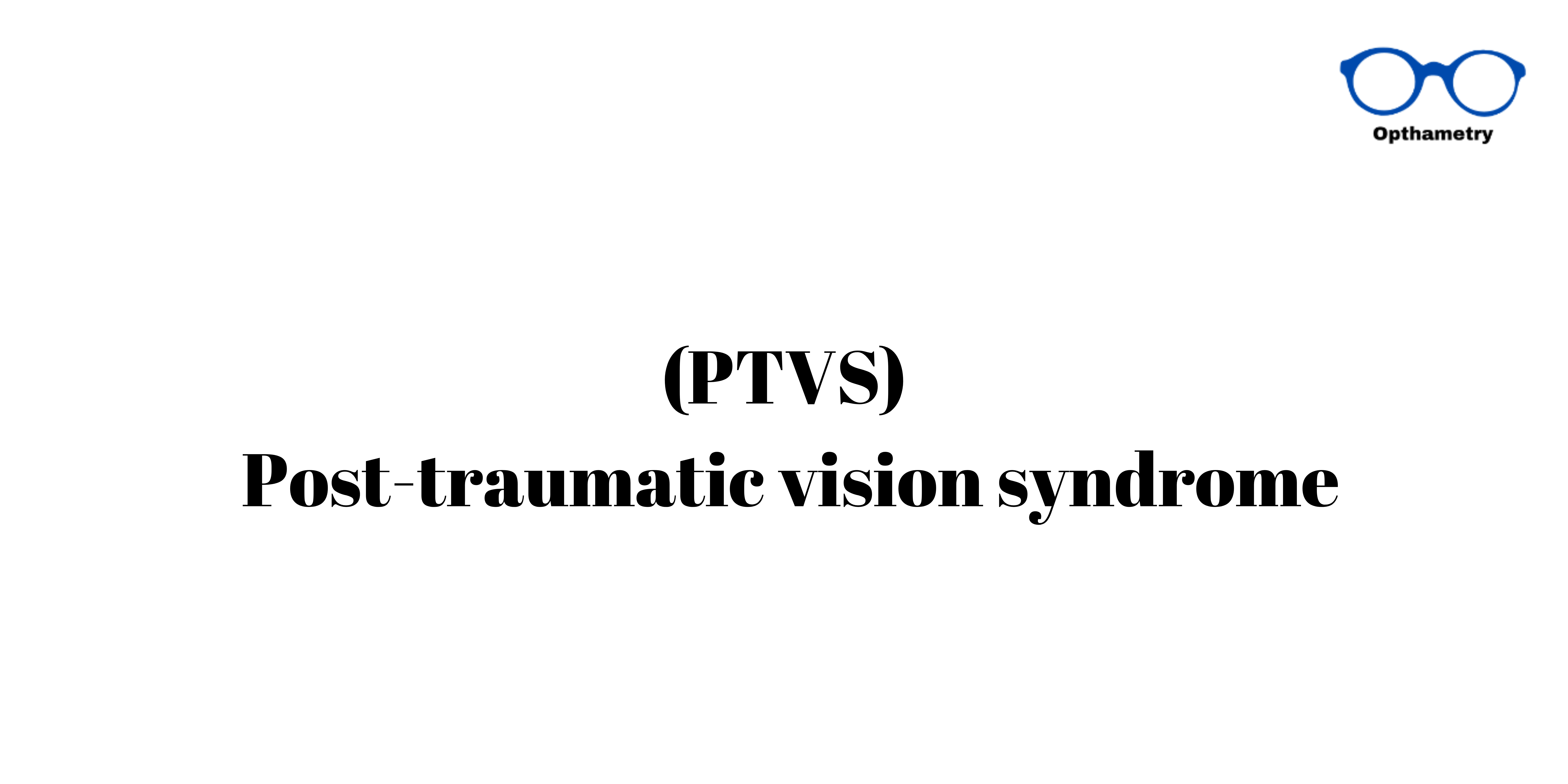The visual problems that emerge after a brain injury is called post-traumatic vision syndrome (PTVS).
Cause of PTVS- post-traumatic vision syndrome
The primary cause of PTVS is a disconnect between the two essential aspects of vision that help us to see clearly and comfortably— central vision and peripheral vision.
PTVS Symptoms

A person with PVTS have difficulties with balance, spatial orientation, coordination, cognitive function, and speech.Persons with a TBI or CVA frequently will experience symptoms of double vision, movement of print or stationary objects such as walls and floor, eye strain, visual fatigue, headaches and problems with balance
PTVS Test
Persons who are not treated for PTVS can experience this syndrome for many years following a neurological event.
Assessment of exotropia, exophoria, accommodative insufficiency, convergence insufficiency, and oculomotor dysfunction may be done as needed.
An MRI or Visual Evoked Potentials (VEP) to capture this state of dysfunction at the level of midbrain may be conducted by some neuro optometrists
PTVS Treatment
Treatment of PTVS is neuro-optometric rehabilitation.
A neuro-optometric rehabilitation treatment plan improves specific, acquired vision dysfunctions determined by standardized diagnostic criteria. Treatment regimens encompass medically necessary noncompensatory lenses and prisms with and without occlusion and other appropriate medical rehabilitation strategies.
Treatment of this syndrome may include binasal occlusion in conjunction with low amounts of base-in prism and other types of neuro-optometric rehabilitative approaches, including vision therapy.
Follow us in Facebook for daily updates
Discover more from An Eye Care Blog
Subscribe to get the latest posts sent to your email.


You must be logged in to post a comment.